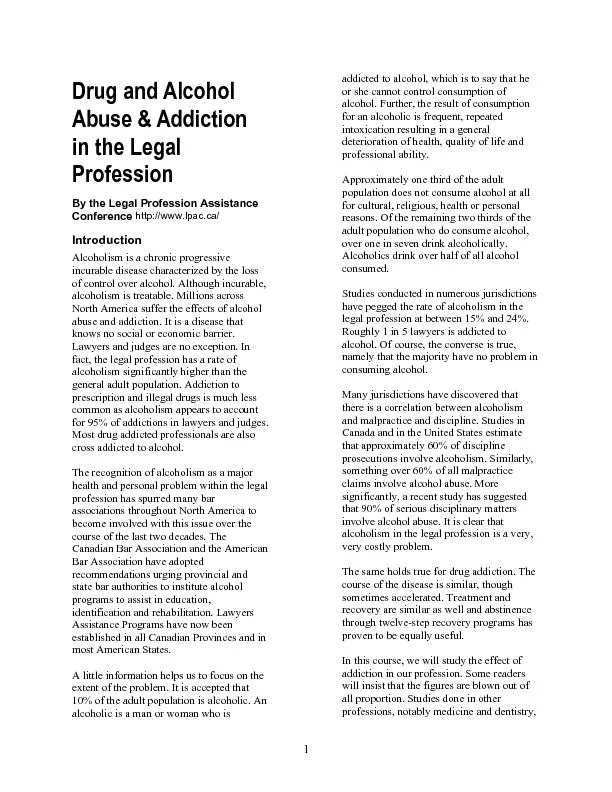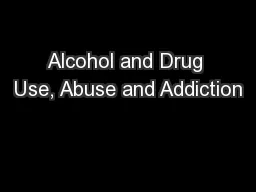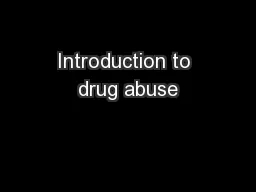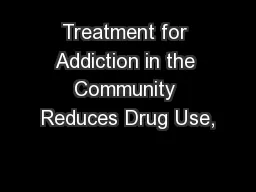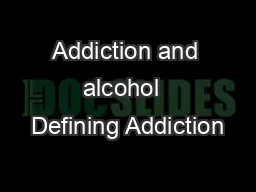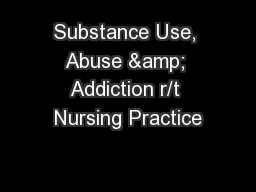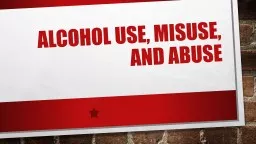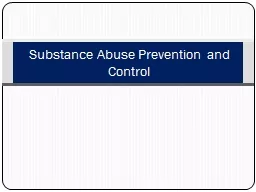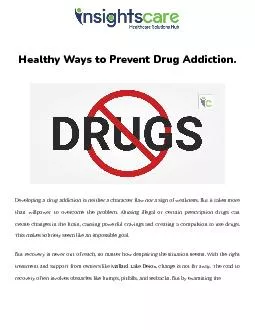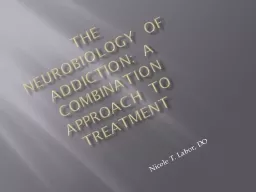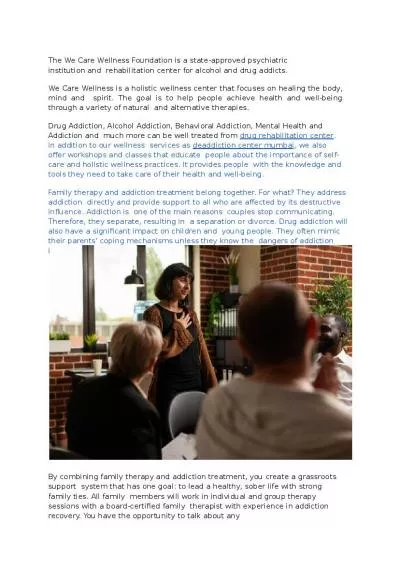PDF-Drug and Alcohol Abuse & Addiction in the Legal Profession
Author : celsa-spraggs | Published Date : 2016-05-03
By the Legal Profession Assistance Conference httpwwwlpacca Introduction Alcoholism is a chronic progressive incurable disease characterized by the loss of control
Presentation Embed Code
Download Presentation
Download Presentation The PPT/PDF document "Drug and Alcohol Abuse & Addiction in th..." is the property of its rightful owner. Permission is granted to download and print the materials on this website for personal, non-commercial use only, and to display it on your personal computer provided you do not modify the materials and that you retain all copyright notices contained in the materials. By downloading content from our website, you accept the terms of this agreement.
Drug and Alcohol Abuse & Addiction in the Legal Profession: Transcript
Download Rules Of Document
"Drug and Alcohol Abuse & Addiction in the Legal Profession"The content belongs to its owner. You may download and print it for personal use, without modification, and keep all copyright notices. By downloading, you agree to these terms.
Related Documents

